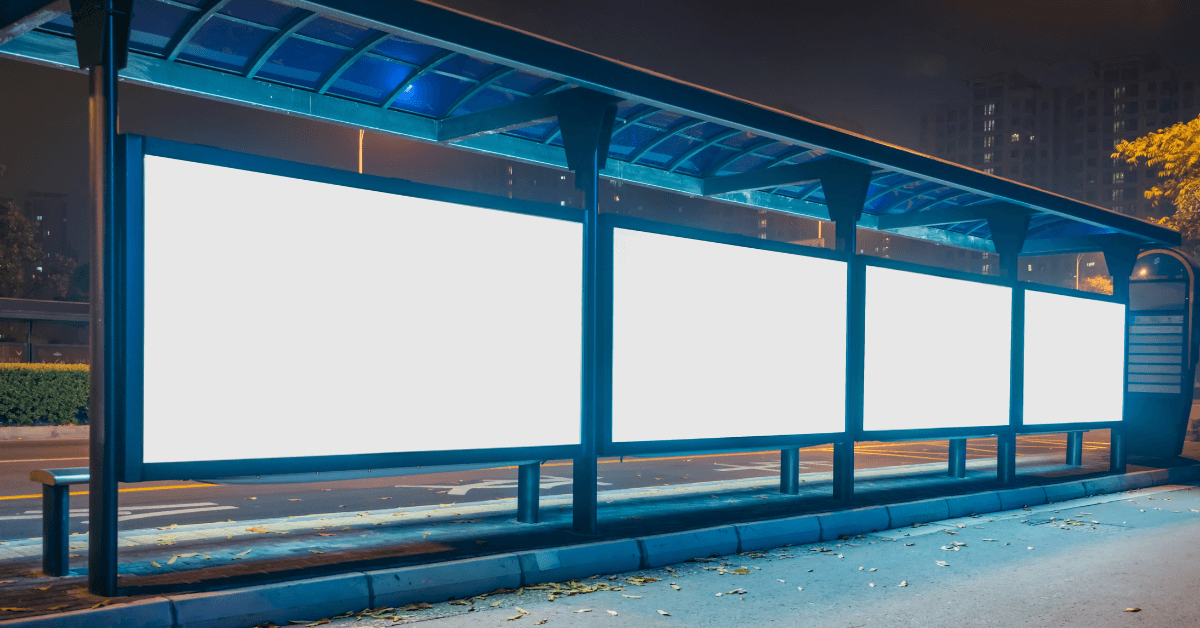Led-boards Design Services
LED boards, or PCBs, are all over our technology-based living. Including everything from computers to medical accessories to cars contains LEDs in one form or another. However, not all are the same— you'll find each product is custom with different designs or materials and specifications to suit its purpose. In the LED industry, the circuit boards are the especially crucial base material, which helps determine how efficiently the circuit board transfers heat.Led-boards Design Services
Now you will understand why the LED lighting industry has the benefits of aluminum circuit boards and why they work very well in the LED lighting industry.
WHAT IS AN LED PCB?
LED is a light-emitting diode. LED printed circuit board is used to mount the diode(s) and power up the LED for any application.
Primarily, LED devices use a surface-mounted design (SMD) which includes a single LED component. To produce more light, an LED circuit board connects several lights.
As these lights and their operation produce a large amount of heat, they need to have a way to pass this heat, like a heat sink or structural material that drives away heat. That's why the LED PCB material may be aluminum, which is excellent at transferring heat away from the board.
Due to the many benefits of LED lighting and its multiple applications in advanced life, LED PCB manufacturing and products have grown to meet the rising demand.
THE BENEFITS OF LED
LED is a progressively popular lighting solution, for its improved longevity and eco-friendly impact. Let's look at the benefits of LED lighting over traditional methods include:
- Less power consumption: Good LEDs can be six to seven times more efficient than conventional incandescent lights. On average, lighting your home with LED lights instead of incandescent lighting can cut your energy use by more than 80%.
- Longer life span: LED light bulbs have a life of over three years of 24/7 use or 25,000 hours! Wow. This is 25 times longer than any conventional light bulb. This saves the time, money, and effort required in purchasing and installing new bulbs!
- More efficient: Conventional incandescent light bulbs release 90% or more heat of their energy. Whereas LED lights cut down by up to 20%! This means more energy is going into lighting the home and very less into unnecessarily heating it.
- Very compact: Due to their small size, LED lights fit in applications of various sizes and varieties. Which helps manufacturers insert LEDs into anything from cars and traffic lights to computers and smartphones.
- Mercury–free: No mercury in LED lights, unlike more traditional options. As a result, LEDs have less environmental impact than traditional lights and can be more easily disposed of, without any special disposal process. The LED lighting market in India has reached a value of US$ 2.8 Billion in 2021. Way forward, IMARC Group expects the market to reach US$ 9.7 Billion by 2027. You have seen LEDs in automobile lighting, TVs, traffic lights, electronics and a variety of numerous applications.






Reach Us